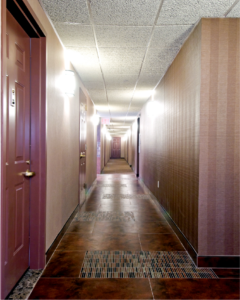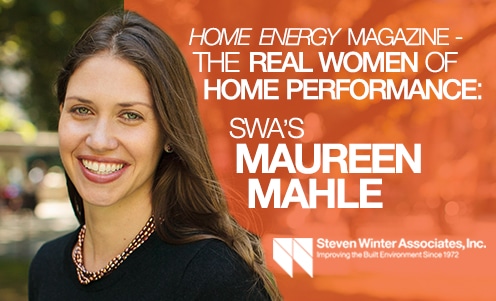We’ve all heard of “farm-to-table” in the context of our food, but what about “farm-to-shelter” in the context of our homes? As we try to become more conscious about the food we eat and the clothes we wear, we must also consider the materials we use when constructing our homes. While many acknowledge the need for better materials in buildings, very few modern day designers have successfully completed a project that consists of healthy and sustainable materials from top to bottom.
Andrew Linn and his partner Jack Becker of bld.us are doing just that. They started by building their own sustainable (and compostable) structure – the Grass House – located in Washington, DC. This project holds a special place in our hearts, because we worked as the sustainability consultants for the house. In this episode, Robb talks with Andrew about the materials he employs in his projects, and their positive sustainability and health impacts.


